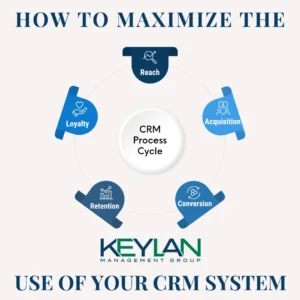How many of you have sales goals for yourself, direct reports or for your company, but are unable to articulate the metrics needed to achieve those goals? For example:
- You have a new business annual sales goal of $250,000
- The average sale is $2,000, therefore, you need 125 deals to hit this goal
- It typically takes four prospect meetings to sell one deal, which means you and your team will need to meet with 500 prospects in a year or 42 prospects/month or 10 prospects/week
Is 10 prospect meetings per week realistic? How will you obtain these meetings? Will you use inbound marketing, cold calling, networking groups, or other methods? Oftentimes, when you drill down on sales goals to understand the metrics needed to achieve those goals, the clarity you obtain allows you to determine your strategy. How can you increase your average deal size? Should you target larger prospects to reduce the number of deals you need? Should you invest in a digital marketing strategy to drive inbound lead generation? Can you improve your close ratio?

There are many questions to consider. If you have not thought through these questions, there’s a chance there’s ambiguity in how to achieve your sales goals. When metrics are unclear, how do you hold someone accountable to ambiguity? When there is clarity with your metrics, it allows you to track and measure performance compared to the activities and metrics needed to achieve your goals.
If you would like to talk about improving your use of metrics to drive better sales results, please let me know.







